When you combine architecture and mathematics that enhance the visible design of a space and not just the stuff in the background, you get an explosion of creativity. Usually those kinds of spaces inspire others to explore different possibilities. It’s so easy to fall into the trap of thinking office space, or in this case, gallery space has to look a certain way. It doesn’t. It can look as wild as your imagination. This particular gallery space, which is all about puzzles, took a computer algorithm to solve.
This gallery space, which is in Japan, holds the country’s largest puzzle collection (over 10,000 puzzles). When this space was designed last year, they didn’t just want it to be the same old look that an ordinary gallery has. Instead, they wanted it to be something that could be an homage to all their extraordinary puzzles. This is where Tatsu Matsuda Architects and their computer algorithm came into play.
They wanted to fit 144 pentacubes into this small space and still leave plenty of room for people to walk around and view the puzzles. Suddenly, designing the gallery space became a puzzle of its own. The computer algorithm, which you can see by clicking here on Spoon & Tamago, looks like something straight out of a geometry book. Using that formula, the architects were able to twist and turn all those pentacubes to fit into that small space beautifully. If I’m ever in Japan, this is one place I’d love to check out while I’m there. The gallery is located inside the Japan Institute of Science and Technology.
Algorithms can be used to help solve and automate so many different things in our lives. Of course that includes tons of things online from operating systems to Google, but this is a perfect example of how that also includes things that are offline.
144 Pentacubes Fit In Here With The Help Of A Computer Algorithm
(Some Images Enlarge When You Click On Them)
Via: [Spoon & Tamago]
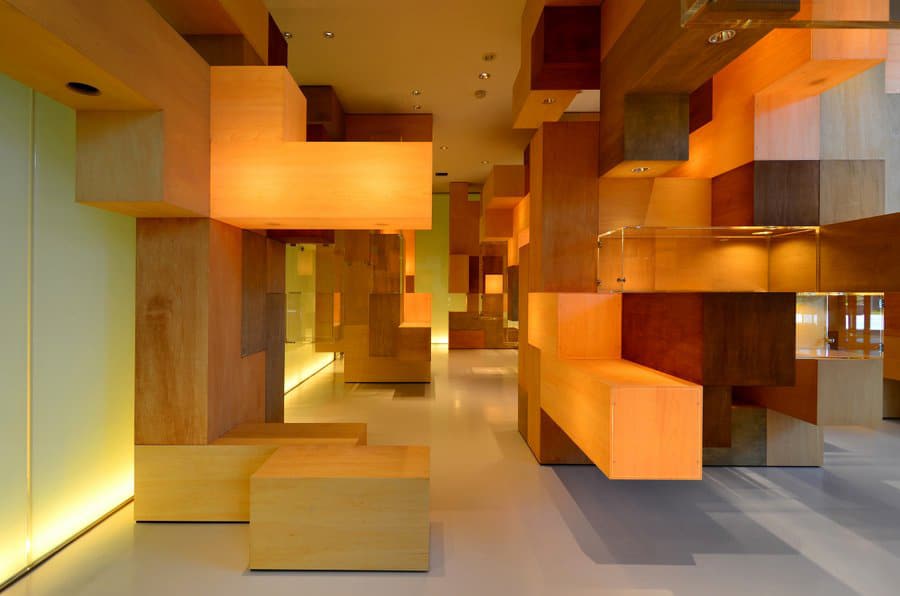
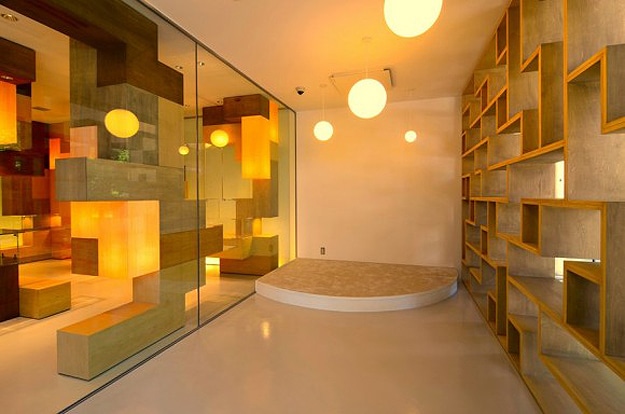
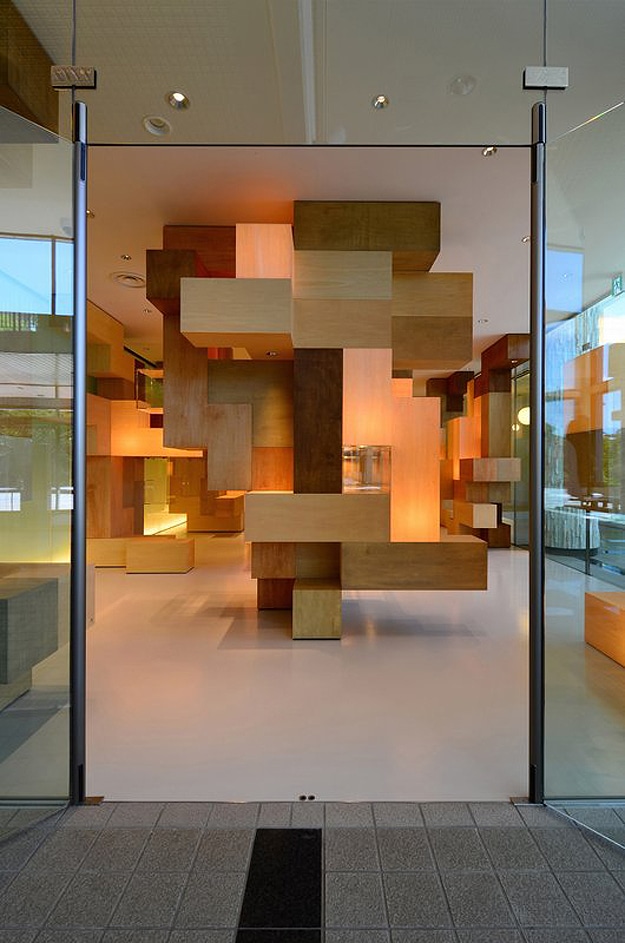
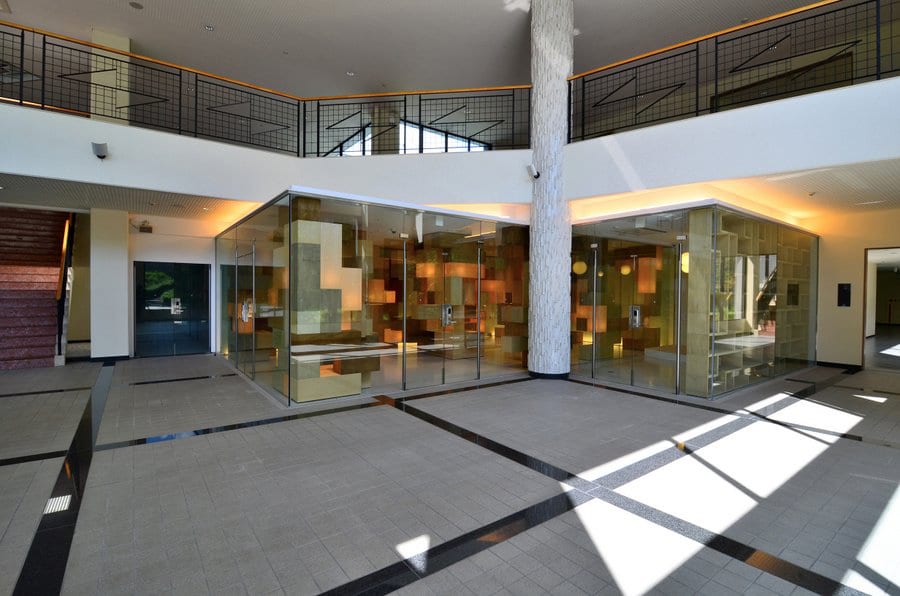
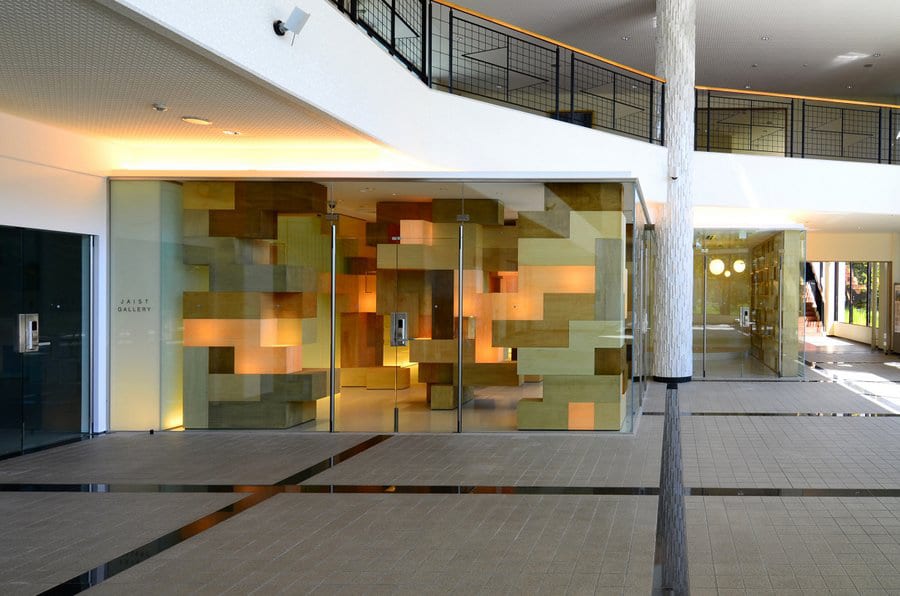
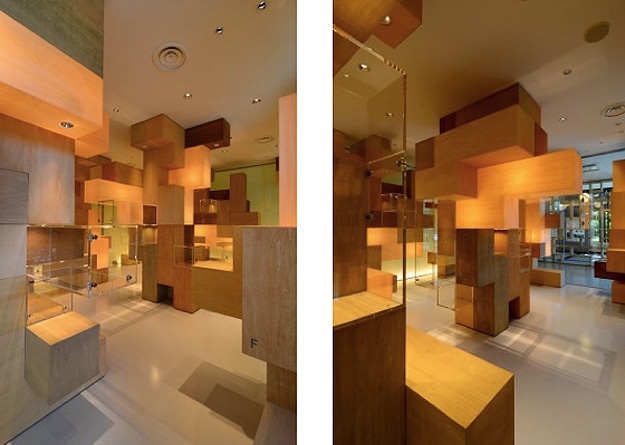
COMMENTS